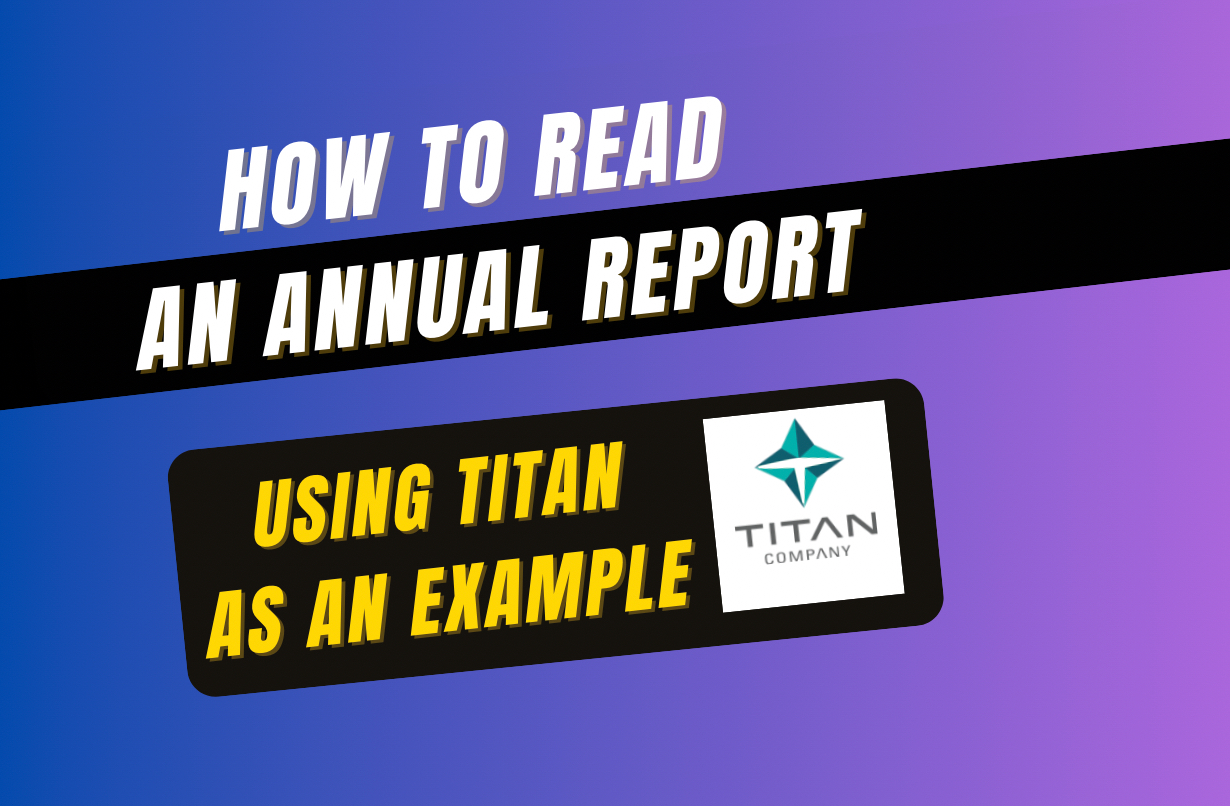Working Capital is commonly defined as money needed to run day to day operations (Calculated as Current Assets – Current Liabilities). There is something missing in the above definition, which is key to understanding how Working Capital should be interpreted.
Assume Current Assets = Current Liabilities = Rs 100 million
In this case – Working Capital = Current Assets – Current Liabilities = 0.
Does the firm not need any money to run day to day operations? Have we thought why do we use Current Assets – Current Liabilities as the formula for calculating Working Capital. If it is money needed to run day to day operations, why don’t we use some measure of expenses (like total expenses / 365 for example)
Interpretation of Working Capital
If I have high Receivables or Inventory, capital is blocked in these assets. The right way to interpret working capital would be to view it as amount Blocked in short term assets, which could have been used elsewhere.
In other words, the above definition needs to be modified to
Working Capital is the money needed
“to be FUNDED in order to run day to day operations of the firm smoothly”, or
“to FUND the amount blocked in Short Term (Non-Cash) Assets”
How do you fund this amount? With Current Liabilities – like Payables or Short Term Loans. Or by Using Cash.
Now if Current Assets = Current Liabilities = 100 million, then Working Capital = 0.
This means, I do not need to FUND anything to run my business. I have already funded the amount blocked in Current Assets by using Current Liabilities
Note: Technically the definition needs to be Working Capital = Non-cash Current Assets – Current Liabilities, since cash can be used to fund working capital requirements. Money is blocked in other current assets, but not in cash.
This post was first written on LinkedIn by the author











